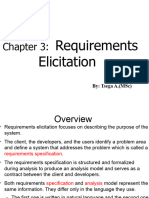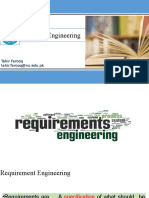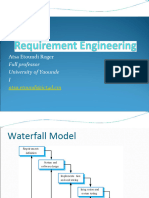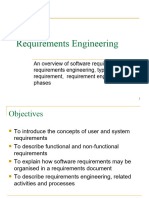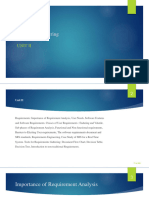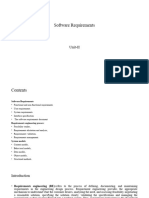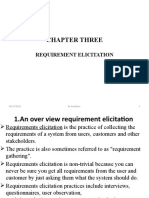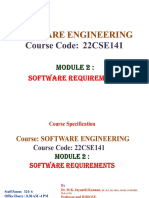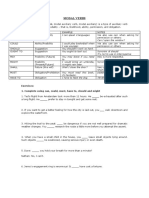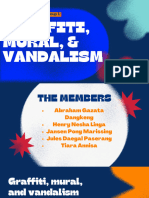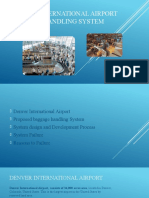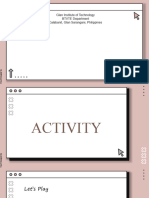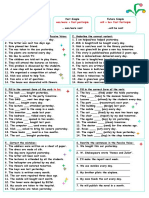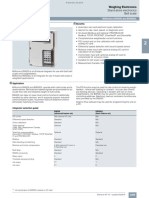0% found this document useful (0 votes)
7 views148 pagesModule 2
The document discusses requirement analysis and elicitation in software development, emphasizing the importance of communication between developers and users to define system requirements. It outlines various activities involved in requirements elicitation, including identifying actors, scenarios, and use cases, as well as distinguishing between functional and non-functional requirements. Additionally, it covers the characteristics of requirements, such as completeness and traceability, and introduces use case diagrams as a tool for modeling system interactions.
Uploaded by
Vishnnu ThaivalappilCopyright
© © All Rights Reserved
We take content rights seriously. If you suspect this is your content, claim it here.
Available Formats
Download as PDF, TXT or read online on Scribd
0% found this document useful (0 votes)
7 views148 pagesModule 2
The document discusses requirement analysis and elicitation in software development, emphasizing the importance of communication between developers and users to define system requirements. It outlines various activities involved in requirements elicitation, including identifying actors, scenarios, and use cases, as well as distinguishing between functional and non-functional requirements. Additionally, it covers the characteristics of requirements, such as completeness and traceability, and introduces use case diagrams as a tool for modeling system interactions.
Uploaded by
Vishnnu ThaivalappilCopyright
© © All Rights Reserved
We take content rights seriously. If you suspect this is your content, claim it here.
Available Formats
Download as PDF, TXT or read online on Scribd
/ 148

